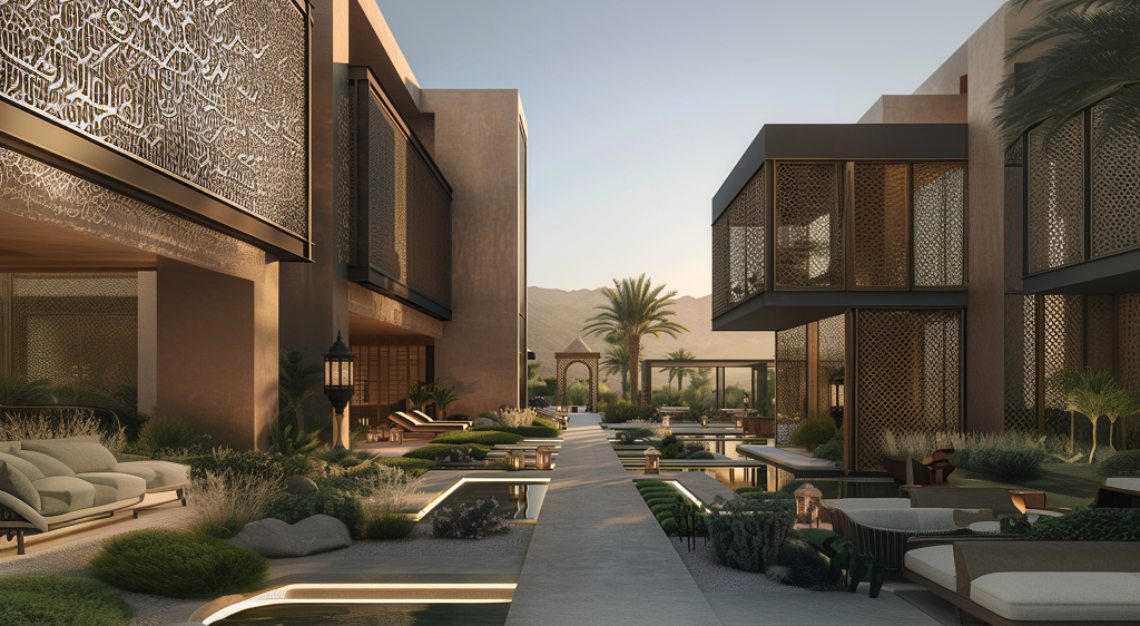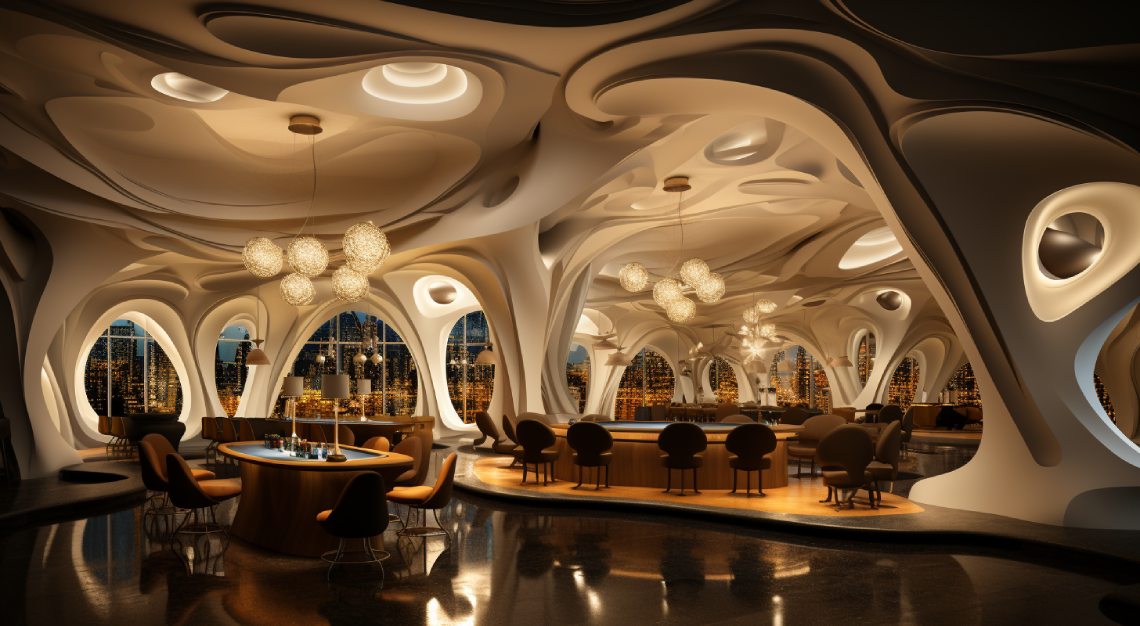Award-winning architect and proponent of Artificial Intelligence (AI), Gaurang Khemka, takes a bird-eye view of the technology’s impending dominance
After more than 25 years in the trade, Gaurang Khemka, who runs his own architecture firm, URBNarc, and lectures at the National University of Singapore, has witnessed the industry’s transformations and embrace of new trends and technologies. None, however, inspires and intrigues him as the advent of Artificial Intelligence (AI).
Though in its infancy, the explosive birth and evolution of AI has thrilled and confounded Khemka and his peers in equal measure. Used as a tool to supercharge creativity, AI can be seductive or frightening, depending on how it’s deployed.
With the assimilation of AI in all aspects of modern life a foregone conclusion, the most pressing question is not ‘when,’ but ‘how’ to govern the burgeoning technology, says Khemka.

What do you think is the most transformative aspect of AI for your industry?
As architects, we are the sum of our experiences, skills, and observations. We amalgamate these and then process them in creative ways. Yet, there is no way a human being can compete with AI on these counts. I may have travelled to 72 countries to experience what I have, but AI can tap into information and a data set that is almost boundless.
Even at an early stage, AI’s power seems too immense for us to make sense of. What’s your take?
There are several schools of thought. One is to embrace and be led totally by AI. The other is to harness and lead it. Of course, there will be another group that will reject AI. I believe in harnessing it. If we don’t, we are shooting ourselves in the foot.

What is the creative process of an architect in broad strokes and how can AI impact this process?
I would simplify the stages as conception, schematic design, design development and documentation, construction administration, and completion of project.
There are many layers of AI that can be used, or are being developed, within the framework. However, each is working in a silo. It can generate conceptual designs, or recommend documents with which I can build the design. But it can’t stitch the whole process together yet. Though I believe it is only a matter of time.

When you teach your students about AI, what are you nudging them towards?
The students are way advanced in their thinking. I’m now in my 50s and my fluid thinking is somewhat limited. That said, my critical thinking is more advanced than theirs. So, it is a dialogue. And it never ceases to amaze me how they are finding new ways to engage with AI with their dynamic thinking, which is what is vital with this technology.
How is the use of AI going to impact the next generation with its super-charged capacity to generate ideas?
Like any new tool, AI is a double edged sword. There will be a whole bunch of younger architects who are going to try and reverse engineer an AI image without the experience or ability to come up with appropriate solutions. If this happens, it has the danger of becoming a fad, and that is what I fear.

Fantastical AI images will also cause clients to have unrealistic expectations, too, right?
That has already happened, we live in an ‘Insta’ age where clients are inspired by snippets and images on Pintrest and Instagram. They want these to be copied or emulated without understanding the process. So, it becomes even more important now to educate the client on the practicalities of a project.

Do you think the use of AI will realistically change the way our buildings are designed and constructed?
I think how we can use spaces and buildings is not going to change. Because it’s a function of how we inhabit space—with our bodies. However, the timeframe of the process of designing and building is going to get shorter as this technology gets more advanced.
For example, the time taken to conceptualise and build a hotel from start to finish can vary between three to five years. I believe that a decade from now, we will probably be designing it and having it delivered with all the layers of technology in place in about 60 to 70 per cent quicker.


